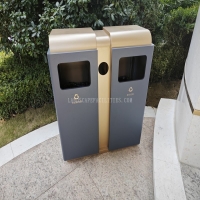Welcome to the website for landscape facilities products and knowledge.
How does the table’s design account for varying levels of user comfort preferences?
Contemporary table design has evolved significantly to address the fundamental reality that no two users share identical comfort preferences. The question of how these designs account for such variation reveals a sophisticated approach to furniture engineering. Modern tables, particularly in professional environments, incorporate multiple adjustable mechanisms as their primary solution. Height-adjustable features, whether manual or electronic, allow users to transition between sitting and standing positions throughout the day, accommodating both physical needs and personal working styles.
Beyond basic height, premium designs offer additional customization through tilting table surfaces for optimal reading or writing angles, integrated cable management to reduce clutter-induced stress, and memory preset functions that recall individual user preferences. The incorporation of ergonomic principles extends to rounded edges to prevent pressure points on wrists, matte finishes to minimize glare, and even built-in power sources to maintain clean, unobstructed workspaces.
Material selection further enhances comfort customization, with options ranging from warm wood grains that feel traditionally comfortable to cool, modern glass or metal surfaces preferred by others. Some manufacturers now incorporate personalized climate control zones or biometric sensors that suggest position changes. This comprehensive approach to table design acknowledges that true comfort stems from giving users direct control over their immediate environment, transforming static furniture into dynamic tools that adapt to human needs rather than forcing humans to adapt to them.
Related search:

Recommendation
Double-bucket garbage bin, outdoor, metal, multi-color, powder-coated, double-bucket trash can